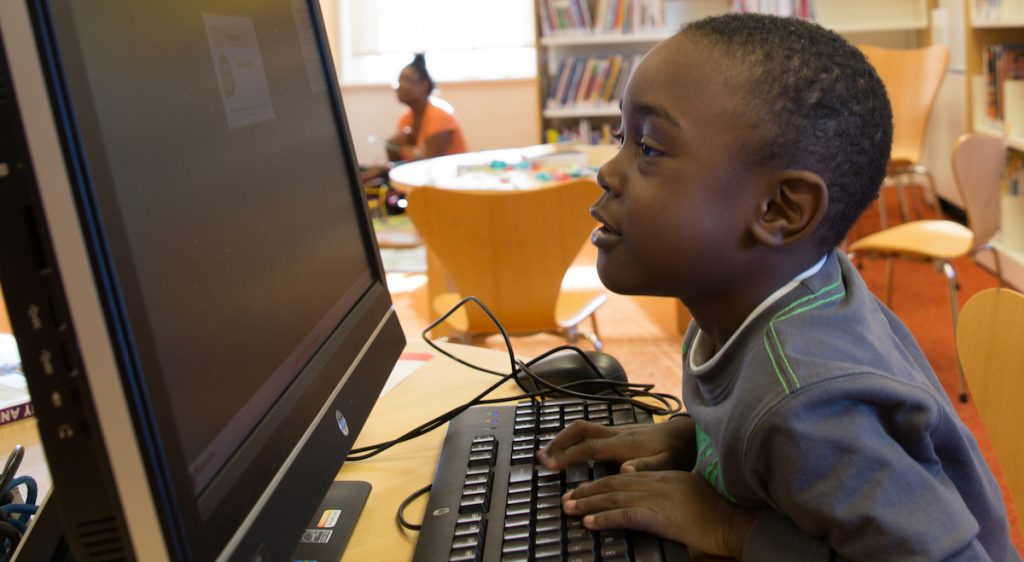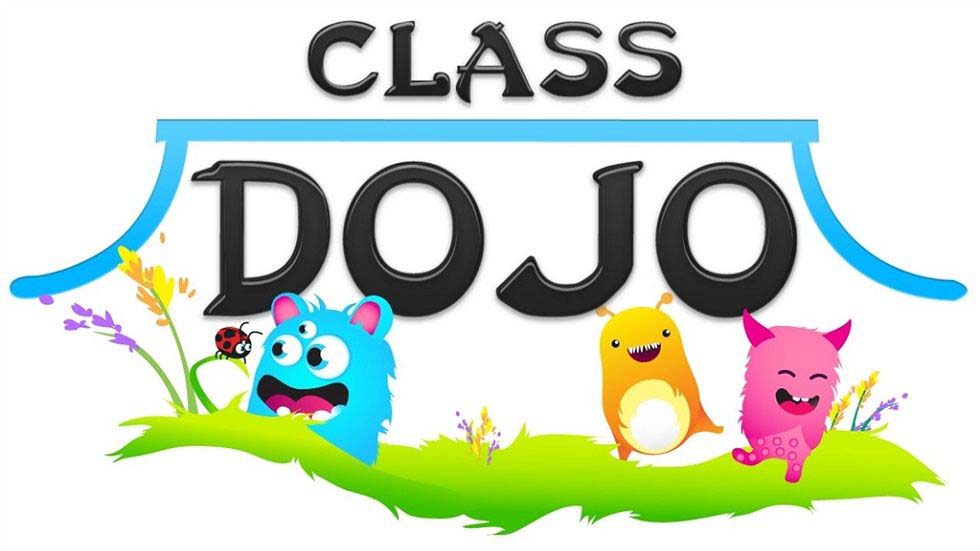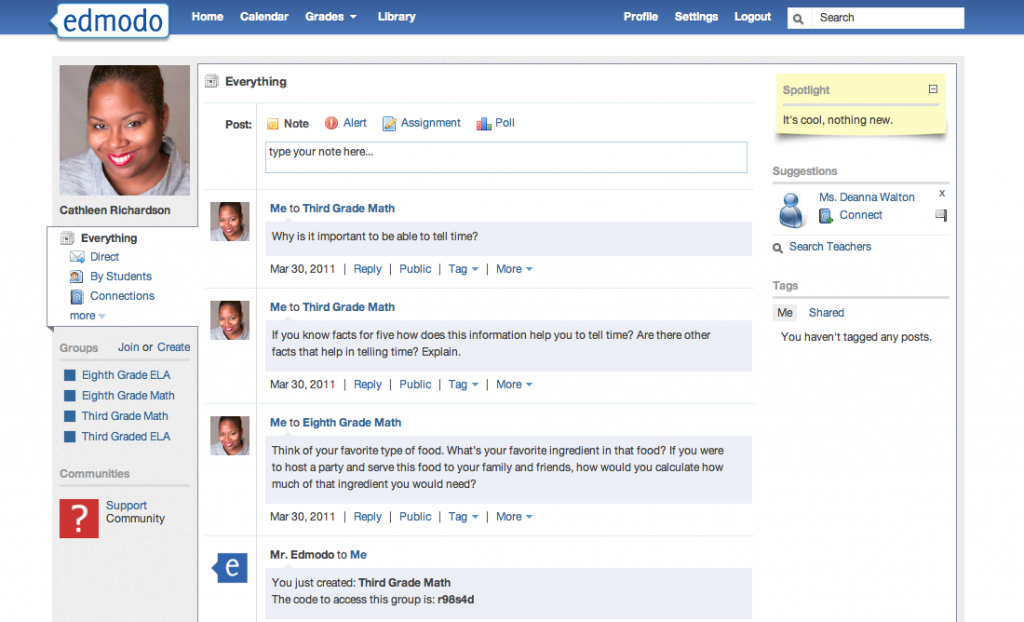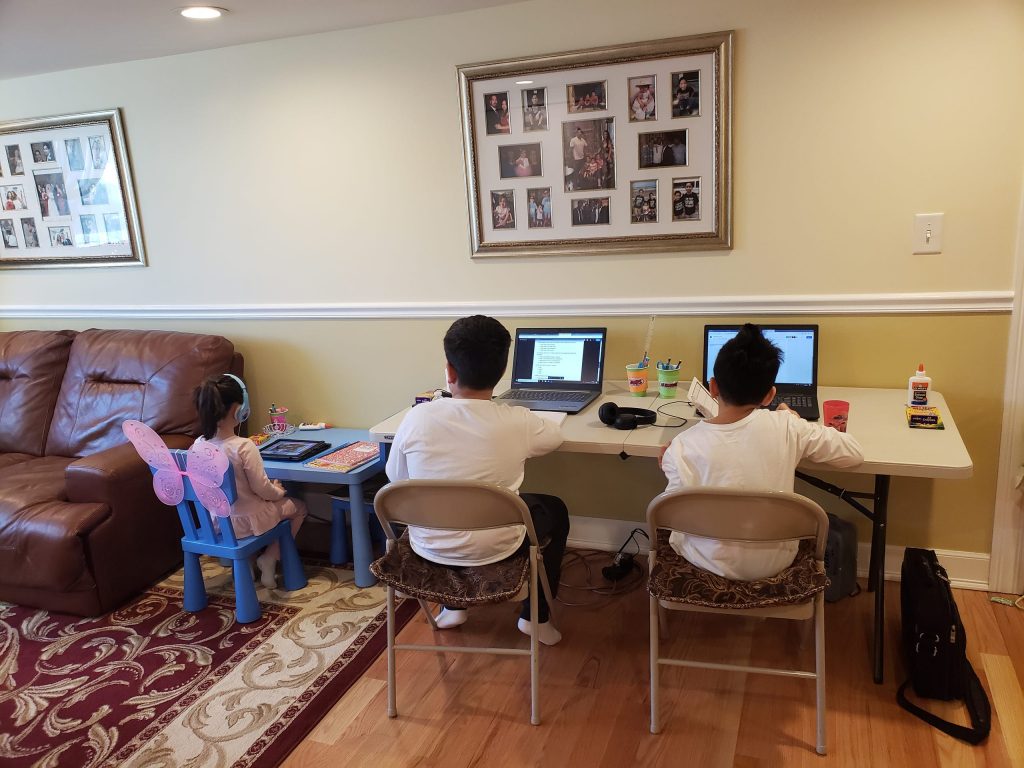Following the closure of schools due to COVID-19 outbreak, The education of millions of students across the country has been halted as students are unable to physically attend school.


Halifield Schools, a Lagos-based educational institution has found a way to continue the education of its students while at home. The school is leveraging distance learning technologies to keep its students learning and in class. Through this method, the school has been able to continue its academic session.
Halifield closed its physical classrooms on the 17th of March and concluded the 2nd term of the session in virtual classrooms
Leveraging distance learning technology to keep students learning
For educators, the current coronavirus pandemic presents a dilemma as students lose valuable learning time due to the closure of schools.
However, there are ways to ensure students do not lose learning time while schools are closed. Distance learning using technology provides a virtual school environment where education can continue even when a crisis like COVID-19 happens.
Suggested reads: Gradely, uLesson; Here are Technologies That Can Help Students Learn Despite Closure of Schools


Halifield is one of the few educational institutions in Nigeria that have adopted the distance learning model following the outbreak of the virus. However, Halifield is not new to this kind of technology as the school has been employing it since 2017.
TechNext Spoke with Chris Igweh, an educator at Halifield School. During the discussion, Chris revealed that the search for tools to enhance teaching and learning in the 21st century made the school adopt the use of distance learning.
Even before this pandemic, around 2017 we started researching technological tools we could use to enhance teaching and learning in the 21st century. We needed to take care of all our students both in school and at home. We needed a platform for sending worksheet assignments and projects etc.
Chris Igweh, an educator at Halifield School
He also added that the school embraced tech to help those who had to say away from school for whatever reasons from missing lessons.
“There was a time one of our Year 7 students had surgery and had to stay away from school for a whole term, so we started researching on technology to also cater for students like that.”
Google Classroom, Class Dojo, Edmodo etc
There are different technological platforms like Google Classroom and Edmodo that can help schools hold virtual classes. The platforms allow virtual two-way discussions between teachers and students.


“We started 1st with Google Classroom. Later we stumbled on a tech tool called Edmodo which can provide interactions not only between students and teachers but even parents too,” Chris Igweh said.
Halifield uses the Edmodo platform mostly for its college students and another platform called Class Dojo for its pre-school and elementary section.
What Remote learning needs to actually work?
For remote learning to be possible, students as well as teachers, need devices like PC (desktop or Laptop), tablet/ipad, internet access and power.
Halifield tasks parents to provide all the things their children will need to efficiently participate in the virtual class.
For this to be possible we engaged our parents because this process cannot be effective without them. Each child needs a PC…desktop or laptop, tablet/ipad, Internet access and enough data for downloading, uploading etc.. a printer and other materials like pens, papers etc
Chris Igweh, an educator at Halifield School
Virtual classes
Speaking on the different ways the school is leveraging technology to teach its students, Chris explained that the school uses the virtual platform as classrooms where students can connect and teachers can share engaging lessons with its students.


Similar to the normal timetable used while in school, the students have a virtual timetable which they follow.
“They attend each class like in the normal school schedule. They have been given the timetable so they know when each class starts and ends,” Chris said.
The students are also given learning objectives at the beginning of each class so they know what they are expected to learn. The teacher will give a brief outline of the class schedule for each class ahead with timelines so the students are aware of how the class will run.
Each class starts with a call for attendance so that teachers can keep track of those who are online.
“Lessons usually begin with what we called attendance..about 5mins to 10mins where every child says hi or hello so the teacher and other class members know they are presently online,” Chris said.
For the education of its college students, Halifield uses mostly PowerPoint presentations and videos. However, if a student misses a lesson due to internet or power issues, the lesson can be assessed whenever they come online.
“Every lesson uploaded can be assessed by class members whenever they come online. Each student has a backpack on Edmodo…it is an unlimited storage device like a flash…so they can store each lesson and they can still refer back to them afterwards..” said Chris


Chris added that all study materials can also be accessed easily.
“Whether the study materials are in the form of videos, powerpoints, etc they can assess them. We also send class lesson notes for them to copy the words into their notebooks,” he says
Apart from being able to access the content online, lessons and other study materials can also be downloaded for offline use. Students are also encouraged to download materials sent to them and save on their PCs so they do not need to come online to have their personal study or complete assignments.
Class tasks and assessment
Halifield also uses tech platforms to give students classwork and assignments. Edmodo provides a backpack where teachers can post class instructions, learning materials like video links, classwork and assignments. Each child is given a set time to complete each task. Time can be flexible to make up for issues like internet failure etc. When they are done, the teacher gets notifications as each child submits.


Teachers can prepare quizzes, class activities and assessments to run at specific times during the lesson. The platform also allows the teacher to prompt kids who are not active. the teacher can know if the students are active by calling their names from time to time to keep them up and going.
Every post on the class page sends a notification to all persons connected so a parent can on their own checkup on what is happening in the child’s educational life.
However, if a student is not active, Edmodo allows teachers to prompt their parents. This allows the teacher to know if they are having difficulties or the child is just playing pranks.
The school also expects all the students to be present in realtime and participate in each class. However, Halifield has allowed for flexibility due to the drawbacks like power failure and slow internet.
Grading classwork and assignments depends on the kind of assessment. There are subjects assessment like quizzes and assignments that can be done on the platform and the solutions will be automatically provided. However, the teacher must have programmed the solution into the system.
Edmodo provides assessment but not all class activity can be assessed directly ..so the system provides for flexibility. The teacher has to be very creative and think ahead of the children.
Chris Igweh
There are other subjects like art, drawing and graphics that cannot be programmed. In these cases, teachers send worksheets for the students to print. The student does the assignment on the sheet and uploads it to the class page either by scanning or a picture taken with a phone camera for the teacher to assess.
Major challenges to Distance learning
Although Edmodo has been designed to provide a seamless learning experience for the students, the infrastructural lapses in the country is a major challenge. Some of these challenges include unreliable power supply and slow internet.
Lack of hardware is also a challenge. Many families have more than one child and they have to share gadgets. This affects the smooth running of the system as not all students will have devices to join the class.


On the part of the teachers, Chris expressed that it was difficult to keep up with multiple hardware.
“When I have a class I use my laptop, my tablet & my phone to keep up with notifications & post materials at the same time. Sometimes I have to provide guidance, respond to comments/post and prepare activities simultaneously.”
He added that some teachers also have issues from time to time with their hardware which hampers the success of the virtual learning process.
However, the teachers give weekly reports to the school heads so they can help especially when there are persistent challenges.
Another challenge is that some parents are not tech-savvy enough to do their own backend obligation to help their child study.
Feedback from students, parents, and teacher
According to Chris, the general feedback from students and parents has been exciting and upbeat.
On the part of the teacher, Chris confessed that teaching on the virtual classroom is more difficult when compared to the real physical classroom.
Conclusion
In conclusion, proprietors and school heads need to start thinking of an alternative to continue students education. The uncertainties surrounding and end to the coronavirus crisis means students will keep losing valuable learning time.
However, distance learning technologies like the one Halified is employing can help students continue their education even while staying safe at home.






